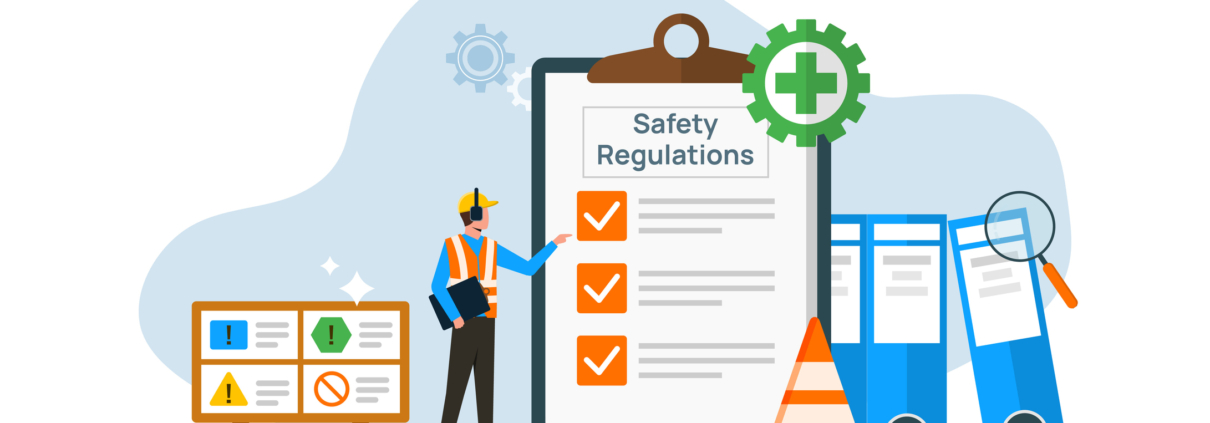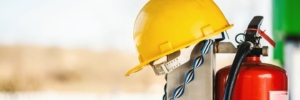5 Steps to Improve Construction Safety: How to Use Job Hazard Analysis
Construction sites can be risky places to work in, with numerous hazards that must be identified and reduced. Job hazard analysis (JHA) is a powerful method for achieving this. It involves predicting potential risks and taking preventive measures to enhance safety in the construction industry. Below, we outline steps on how you can use JHA to improve construction safety:
Step 1: Prioritize Jobs that Need a JHA
First and foremost, you need to identify the jobs you want to create a JHA for and prioritize which ones to tackle initially. In setting these priorities, consider factors such as high accident rates, potential for serious injuries, and frequency of job occurrence. It’s essential to first address jobs with a high potential hazard risk, followed by jobs performed infrequently.
Step 2: Breakdown the Jobs into Individual Tasks
Once you’ve decided which jobs to focus on, let’s break down each into individual sequential tasks. This will help supervisors or safety managers make detailed notes of every step, emphasizing what’s being done. Capturing a video of the worker performing the job can also help ensure that no step in the process is overlooked.
Step 3: Identify Potential Hazards
The next step is to identify all the potential hazards for each task. It’s crucial to ensure that workers are familiar with the job at this stage, as they might already know some potential hazards. Remember, we want to identify not only the hazards we observed but also any potential ones. That’s why it’s important to encourage workers to share their ideas and contribute to this process.
Step 4: Use OSHA Questions
To identify potential hazards, OSHA recommends asking these critical questions:
- What could go wrong?
- What are the consequences?
- How could it happen?
- What other contributing factors are there?
- And how likely is the hazard to occur?
You should also consider hazards from working at elevated heights, using specific tools and equipment, and changes in weather conditions.
Step 5: Take Preventive Measures
The final step is to take proactive measures to reduce any potential risks we’ve identified earlier. One way to do this is to apply engineering and administrative controls and provide personal protective equipment (PPE). Training workers on safety procedures and ensuring proper usage of PPE can significantly contribute to risk mitigation.
Reduce Any Potential Risks In Your Workplace
JHA is a systematic process that predicts, identifies, and minimizes potential risks in construction. Prioritize tasks and break them down. Identify hazards, use OSHA questions, and take preventive measures to make construction sites safer. Implementing JHA helps protect workers, save costs from injuries, and improve the bottom line.
If you need help designing safety measures for your workplace or implementing job hazard analysis, contact Construction Safety Experts! Safety should always be a top priority in the construction industry. If you want to reduce potential risks on your construction site, don’t hesitate to reach out for assistance. Call us at (919) 463-0669 or visit our website to get started.








